Politics
An Artist’s Guide to Relocating From Trump’s America
A definitive guide to finding the next art world Shangri-La.
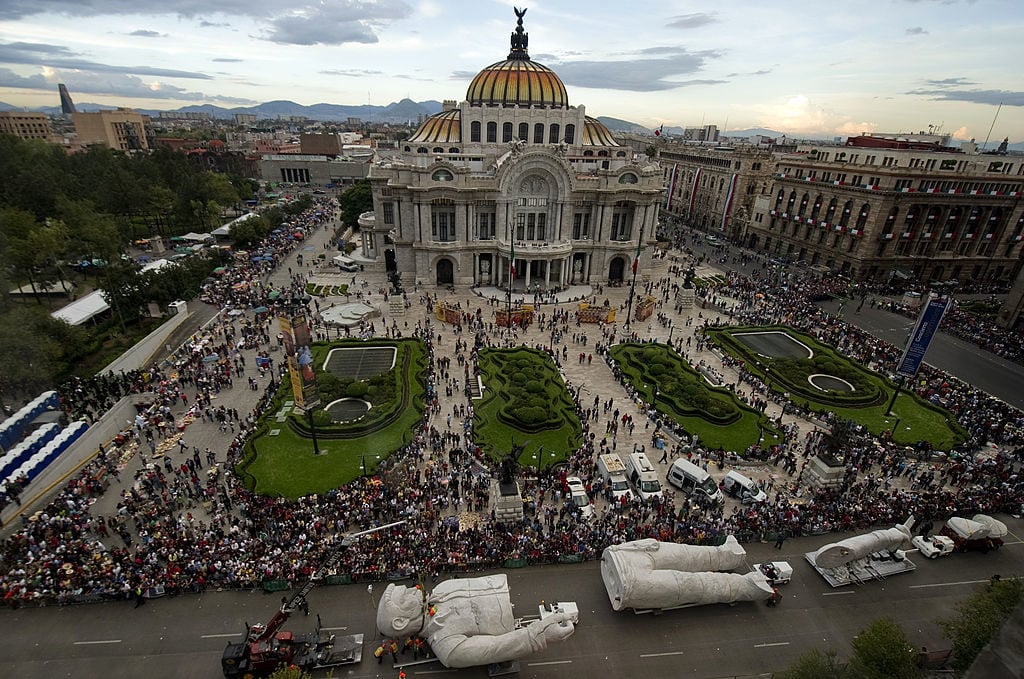
A definitive guide to finding the next art world Shangri-La.

Christian Viveros-Fauné

After receiving a personal invite from President François Hollande, architect Frank Gehry said he would self-exile to France if Donald Trump was elected president. Filmmaker Lena Dunham, daughter of artists Laurie Simmons and Carroll Dunham, told the press that she’d definitely rather leave the country than live through four years of Trump. Comedian Jon Stewart also worried his travel agent before the election—were Trump anointed, he told People Magazine, he “would consider getting in a rocket and going to another planet, because clearly this planet’s gone bonkers.”
Like these famous entertainers, a number of visual artists made their disapproval of the president-elect known months before the results came in. Though artnet News does not have exact figures for how many artists are planning to leave the country, they likely make up a representative slice of the 28% percent of Americans who said, according to a Morning Consult/Vox poll, that they’d be “very likely” to move to another country if Trump reached the nation’s highest office.
For those new outsider artists—creatives determined to relocate from America’s expanding fact-free zone—artnet News has put together a definitive guide to finding the next art world Shangri-La. Here are the top eight places American artists can go to find, if not their own Tahiti, then at least a cosmopolitan urban center with a solid arts scene, decent health care, and reasonable housing—all outside the continental US.
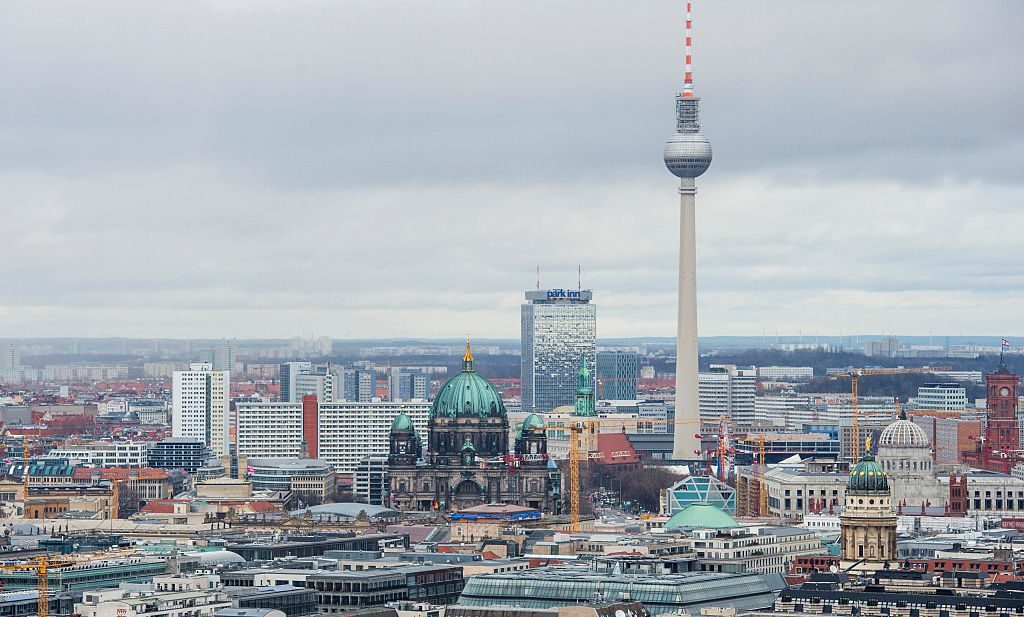
View of the Berlin skyline seen from Potsdamer Platz to Alexanderplatz, including the TV Tower, the Berlin Cathedral (R), the Berlin palace under construction and the city’s town hall. Courtesy of JOHN MACDOUGALL/AFP/Getty Images.
1. Berlin
Berlinersburg—as it’s known in jaded American art circles—is still a top-ranked artist’s paradise. Rents are low (about $600 a month, compared to $1,500 in London, according to Berlin’s Housing Market Report), the gallery scene is fulsome (it consists of some 400 white cubes), and the museum scene is as good as it gets in Europe, excepting Paris and London. What’s more, the arts scene is buzzing in oddly egalitarian way: more than 20,000 artists live in the city and some 6,000 of them have representation, according to Berlin Visitor Center statistics. Because economic growth remains low in the city, former mayor Klaus Wowereit’s 2004 description of Berlin as “Poor, but sexy” still rings true.

Aerial view of the sculpture “The Colosus” in front the Fine Arts Palace, in Mexico City, on September 15, 2010, Courtesy of ALFREDO ESTRELLA/AFP/Getty Images.
2. Mexico City
The city that holds the world title for most museums, Mexico City has also seen a recent flowering of its already lively contemporary arts scene. This includes the completion of large-scale infrastructure construction with the Museo Jumex, the consolidation of the Zona Maco art fair (the 2017 edition will be its 13th), and as many as 60 artist-run projects that have sprung up in the past three years.
There are practical reasons for all the grassroots activity. The city is cheap and artists have found space in neighborhoods at the margins of more fashionable districts. If the measure of the health of a city’s contemporary art scene is its artist-run spaces and small galleries, then Mexico City is the Paris of the 21st century. If Trump builds that wall, there may be a silver lining—it might keep the especuladores at bay.
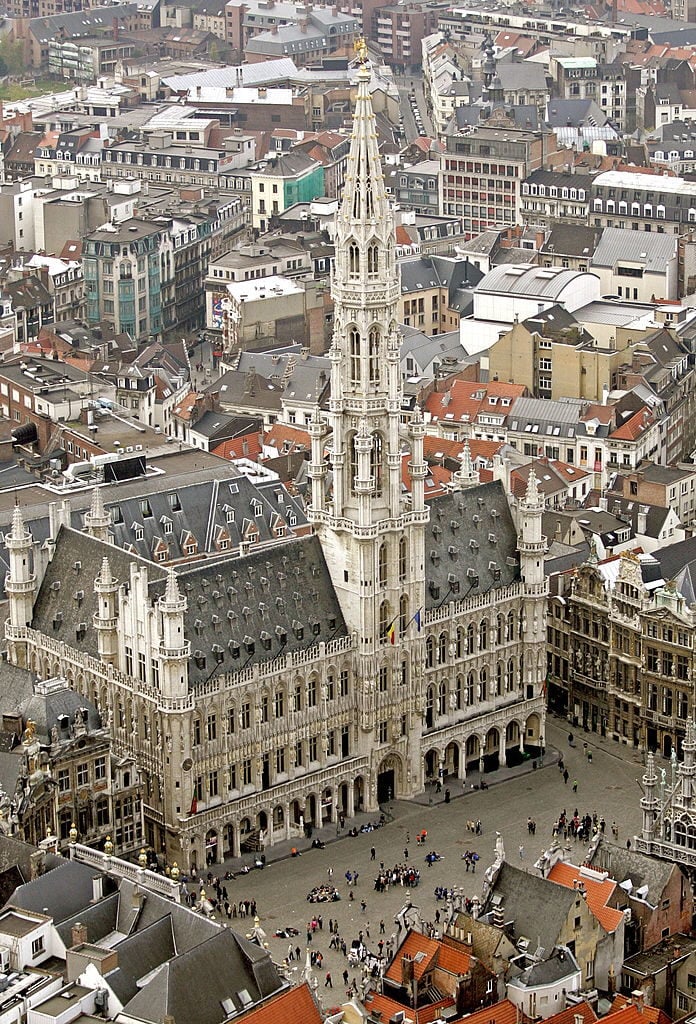
Aerial view of the City Hall and on the Grand Place / Grote Markt of Brussels taken in 2006. Courtesy of BENOIT DOPPAGNE/AFP/Getty Images.
3. Brussels
A perennial also-ran among European cultural capitals, Brussels is central, cheap (at least by Western European standards) and presently undergoing a visual arts renaissance.
A city both of commerce and creation, Brussels contains a rapidly expanding arts scene and one of the world’s highest concentration of art collectors per capita. According to ArtBrussels—the city’s respected annual fair—nearly 50 galleries have opened their doors in the city since 2006. These include global powerhouses Almine Rech and Barbara Gladstone. A combination of low rent, central location and low taxes—France’s millionaire “wealth tax” has sent that country’s rich running to Belgium—has apparently been good for collectors and artists thus far.
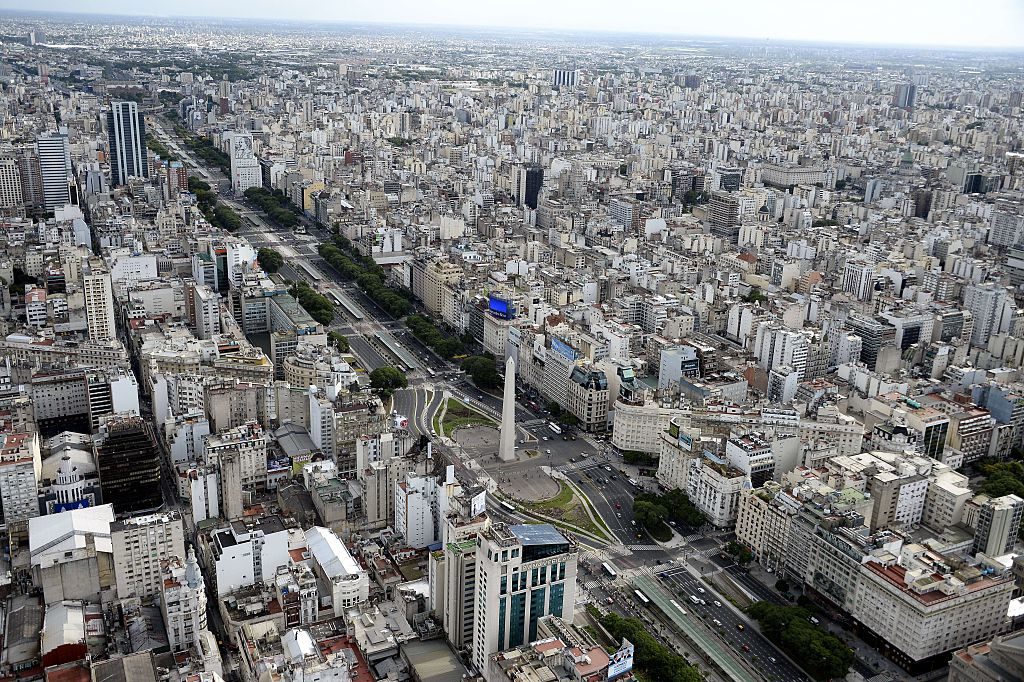
Aerial picture taken over Buenos Aires, Argentina, on January 3, 2015. Courtesy of FRANCK FIFE/AFP/Getty Images.
4. Buenos Aires
Argentina has the second largest collector base in South America and virtually all of its members reside in elegant Buenos Aires. This is just one reason the city was selected as a “gateway” to the region by Art Basel’s inaugural Art Basel Cities Initiative this year (the arrangement calls for the city and the fair to create “meaningful programming for the years ahead”).
Buenos Aires also has more than 80 art galleries, several major art museums and an ambitious art and design development project in the La Boca and Barracas districts. The city additionally boasts the ArteBA fair, Latin America’s oldest, which welcomed 77,000 visitors in 2014, and the Buenos Aires Performance Biennale. Did we mention that a bottle of Malbec costs $8 and a studio apartment rents for about $500 a month?
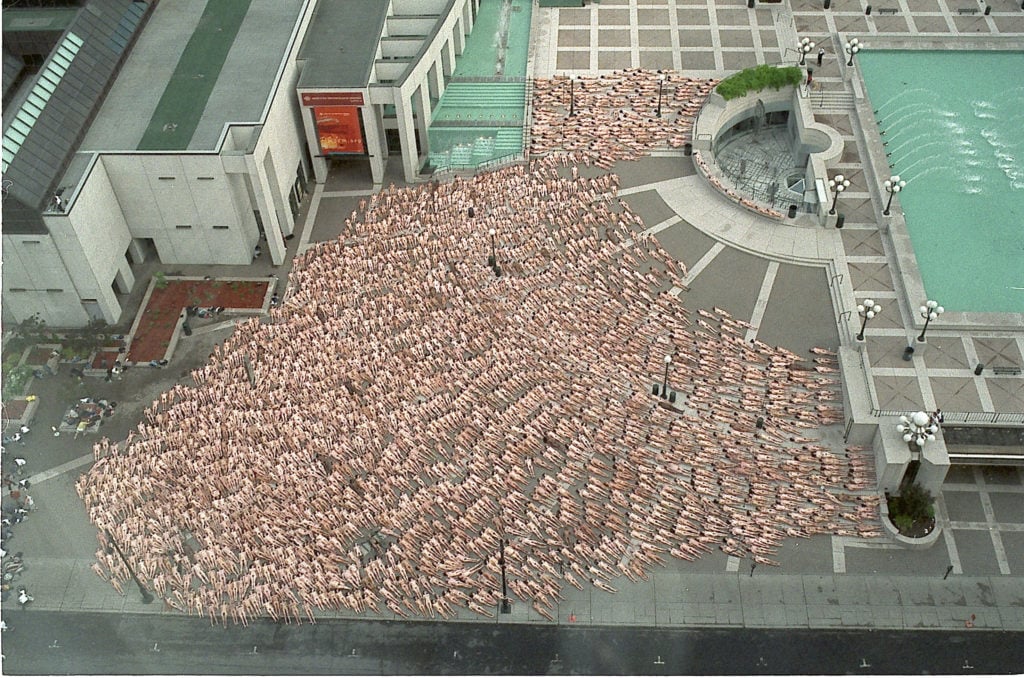
More than 2200 people pose nude for photographer Spencer Tunick, on the steps of the Montreal Museum of Fine Art in Montreal, Canada, May 26, 2001. Photo by Jean Therroux/Getty Images.
5. Montréal
Where Toronto is the hub of all things corporate, Montreal is Canada’s cultural hub. The city has plenty of commercial galleries and a smattering of respectable museums, but its beating heart remains its artist-run-centers—many of them established in the ’70s and ’80s as a way to explore art for art’s sake.
To these can be added kunsthalles of a more recent vintage, including the DHC Foundation and Darling Foundry. Rent (an incredible $519 for a studio apartment) is about half what it is in Toronto and Vancouver, and a fraction of what you would pay for in London and New York. For those who bragged they’d move to Canada if Trump won, the train is now leaving the station. (I’m talking to you, Lena Dunham.)
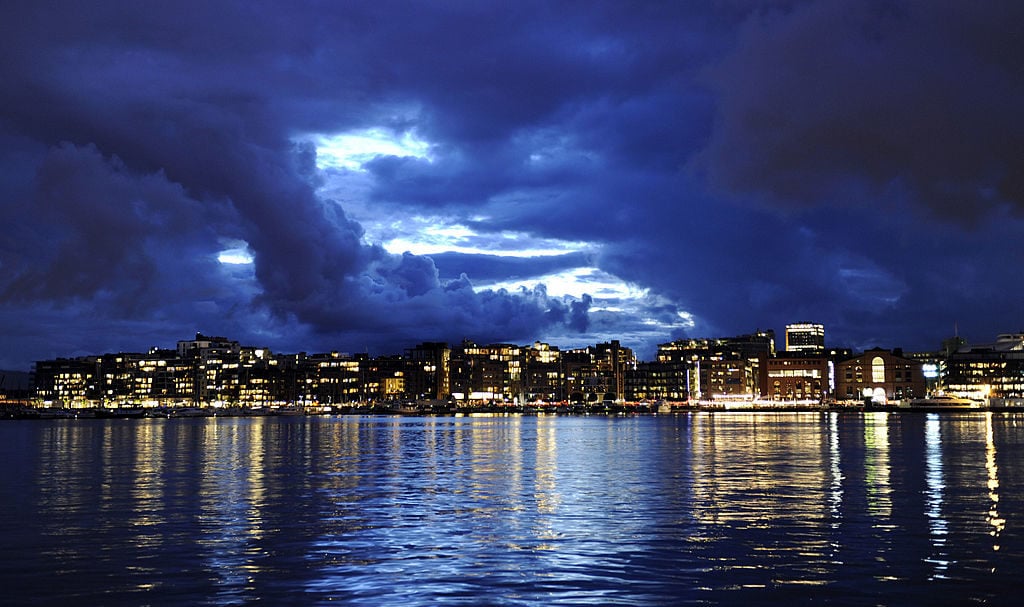
The skyline of “Aker Brygge,” the Norwegian capital’s waterfront and entertainment area, at dusk in Oslo. Courtesy of ODD ANDERSEN/AFP/Getty Images.
6. Oslo
In oil-rich, stipend-generous Norway it pays to be an artist—or find a way to emigrate there legally and reap some of those amazing social benefits.
In Norway’s capital, artists can join a union through which they receive, among other types of support, materials, exhibitions, promotion and, in some cases, a salary. For a city of just 650,000, Oslo has a surprisingly large number of museums. Among these are the National Gallery, the Museum of Contemporary Art and the Renzo Piano-designed Astrup Fearnley Museum of Modern Art. If you can ignore the subzero temperatures and months of darkness, Oslo is a cutting-edge haven for contemporary art.

The 2018 Biennale of Sydney will be the 21st edition of the event.
Photo: Wikimedia Commons
7. Sydney
The saying goes that Sydney has the beauty and Melbourne has the brains, so it’s nearly a toss up for those willing to travel halfway around the world to flee America’s president-elect. But besides the beach—and what a beach!—the city also boasts a number of contemporary galleries and several world-class institutions, including the Museum of Contemporary Art, the Art Gallery of New South Wales and the long-running Sydney Biennial. Sure, it could be a little easier to get there from here, but surely the whole point of going down under is to leave it all behind and start again. Also, housing, food, and transportation are still significantly cheaper than New York.
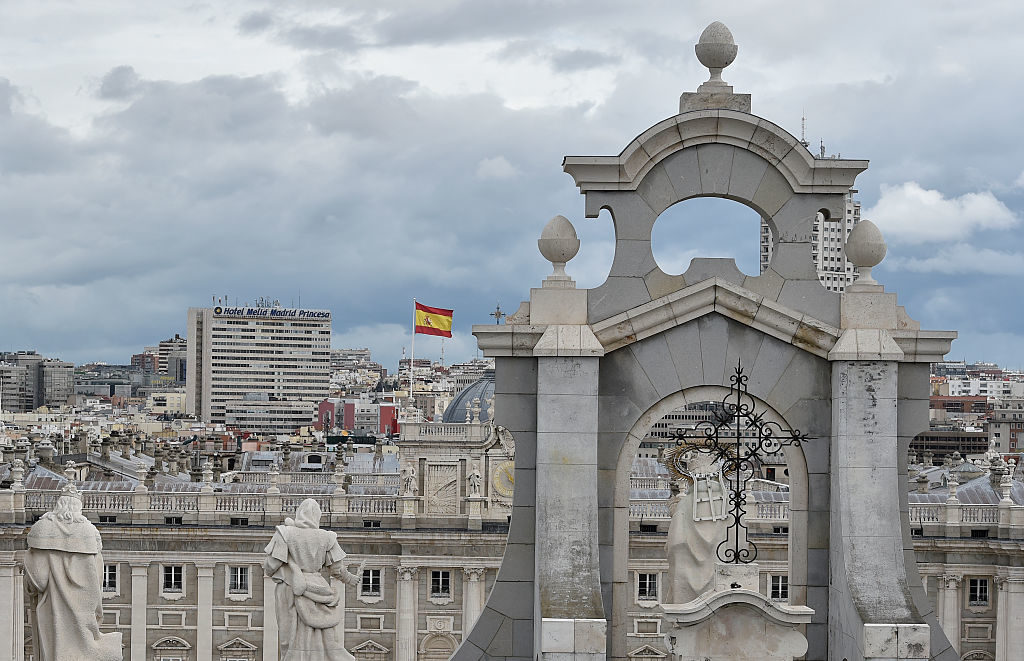
A picture taken from the Almudena Cathedral shows skyline in Madrid on May 13, 2016. Courtesy of GERARD JULIEN/AFP/Getty Images.
8. Madrid
The branding of the Franco-era tourist board was once “Spain is different.” But its capital city is still different in a way that matters—especially to foreign artists.
As the country heads into yet another year of economic recession, Madrid has become home to some of Latin America’s best known contemporary creators, who flock there for the city’s unmatched quality of life. If the years leading up to 2010 were dominated by the construction of starchitect buildings and coke-fueled ARCO parties, this decade is all about the expats—among them Los Carpinteros, Carlos Garaicoa, Alexander Apóstol and Teresa Margolles. Madrid today has the feel of Paris in the ’20s or New York in the ’70s. There may, in fact, be no better place than Spain’s capital to wait out the next four years.